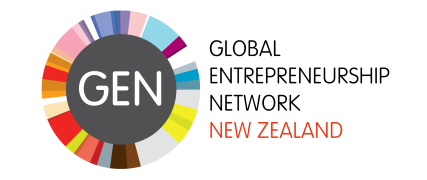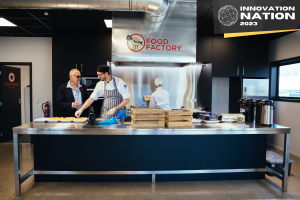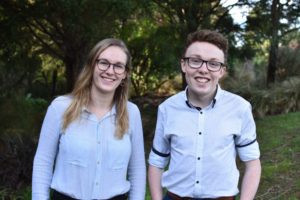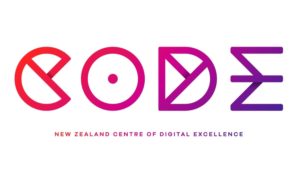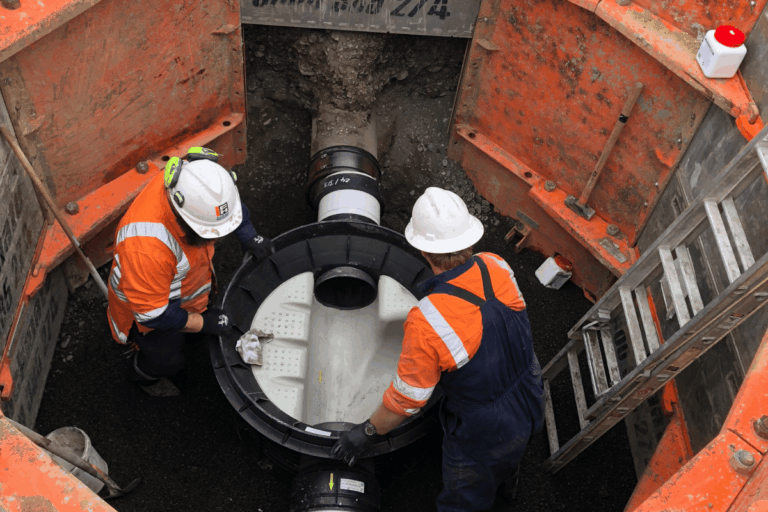Azura to develop technology to extract energy from wave power

A New Plymouth-based startup has developed wave energy conversion technology to produce electrical power and potable water from the power of waves.
Azura Wave Power has developed and refined a unique and patented wave technology system to extract energy from the power of waves. Unlike other wave energy converters, Azura’s technology system extracts power from both the heave (vertical) and surge (horizontal) motions of waves to maximise energy capture and to make water safe to drink.
Azura is a zero-emission startup, it’s part of the ethos. All components used to build the devices are recyclable, and biodegradable hydraulic fluid is used so that in the unlikelihood of a leak there’s no harmful spillage into the ocean.
As well as producing electrical power, the technology can produce fresh or potable water using a process called reverse osmosis.
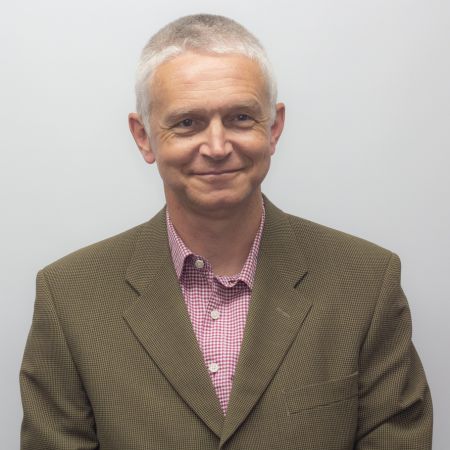
“As the waves pass by the device, the float arm moves up and down, the captured mechanical power is turned into hydraulic power, then used to drive an electrical generator or operate a freshwater reverse osmosis system,” Chief Operating Officer Armin Howard says.
“For every kilowatt of power, we should be able to produce 1000 litres of water.”
Two proof of concept 20kW prototype units have been successfully deployed. One was successfully tested off Moa Point, near Wellington. A second unit was deployed at the US Navy’s Wave Energy Test Site in Hawaii and provided power to the local grid over an 18 month period.
Markets targeted by Azura such as remote island communities and offshore aquaculture installations, typically use diesel to generate electricity, which is expensive and not very environmentally friendly.
“We are offering a cost-effective alternative means of power generation that has very little negative impact on the environment – and are doing it differently in the way our technology extracts the power,” he says.
Identifying the ongoing challenges of climate change, and the need for emissions reductions, the systems have been under development since 2004 and are now commercially ready.
Azure’s core team of seven is developing the technology around other work. “We’re pretty lean and mean to be honest, we’re doing this pretty much on the smell of an oily rag. Workers then do other tasks that pay the bills, and that’s what’s got us to where we are – other work which is profitable and generates an income,” Howard says.
“We are looking for commercial applications where we can showcase our technology in a commercial environment.”
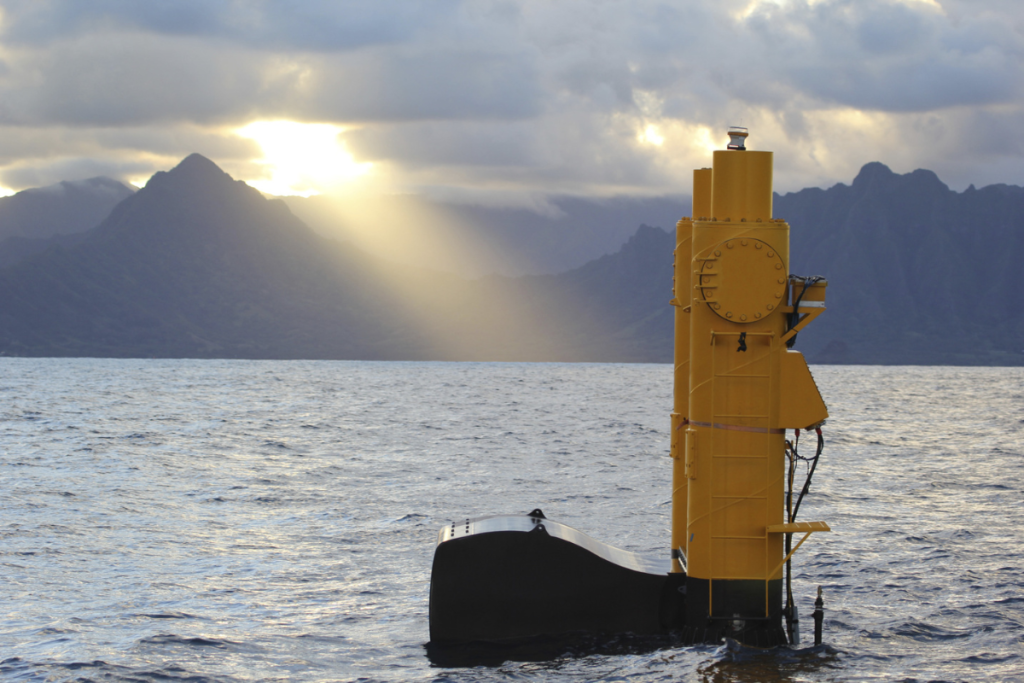
However, developing the technology was not without its challenges. After the successful proof of concept deployment, Azure Wave Power secured further funding from the US Department of Energy for the development of a prototype commercial-scale device, targeting utility scale power production proved to be economically unviable, and the company had to re-pivot.
“The cost of manufacturing the device was too high, it was too big and expensive to transport, and so we thought ‘this is not the market we should be targeting; we should be going for smaller applications where we can deploy smaller devices using regular vessels,” Howard says.
“Initially it was frustrating to realise we had gone down the wrong track. But had we carried on going down that track we would not have a business.”
Their current devices can be transported in 40-foot containers on regular boats. “It’s much lower cost and easier to deploy.”
Another learning on the startup journey, Howard says, was building a good team and persuading investors. “You have to build a good team, you can’t do it all yourself, and you need to be able to convince people that your technology is viable and worth investing in.”
The success of Azura, Howard says, is when his team has built several devices and is a stand-alone profitable entity, selling the devices worldwide. “That will be an immeasurable measure of success, when we are not reliant on outside funding, but are able to reinvest into the business and employ more people.”
“We want to build as much of this equipment in New Zealand as we can to create well-paying jobs for New Zealanders. Taranaki is the oil and gas centre of New Zealand, there’s a lot of skilled people here.”
Story by Dave Crampton in partnership with Venture Taranaki



